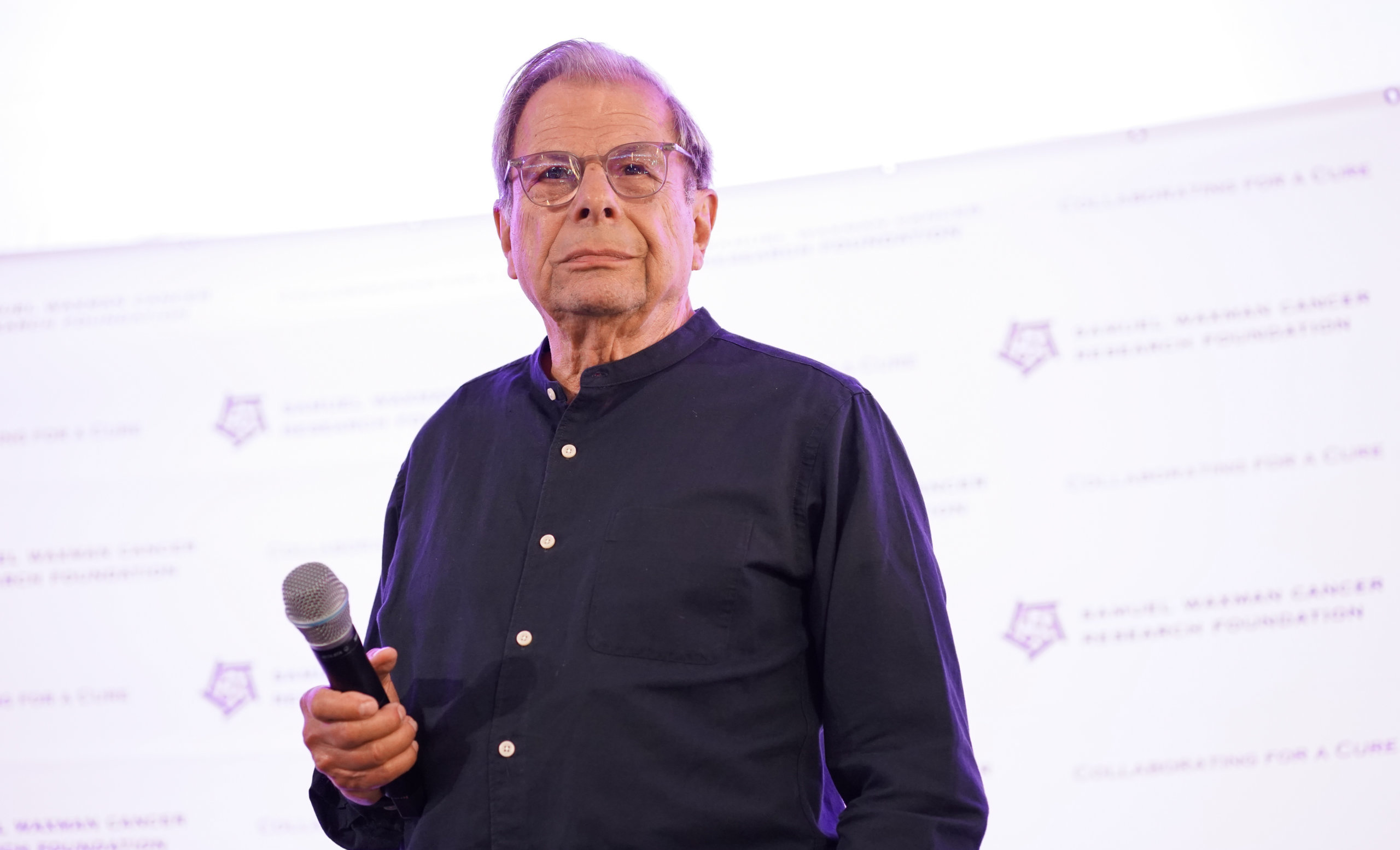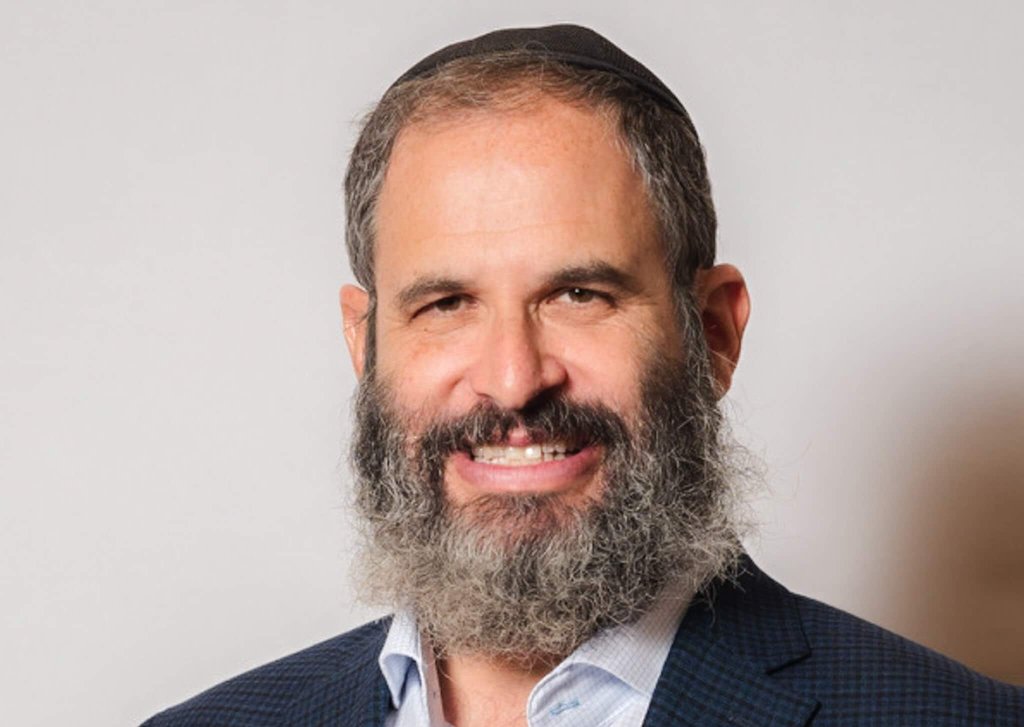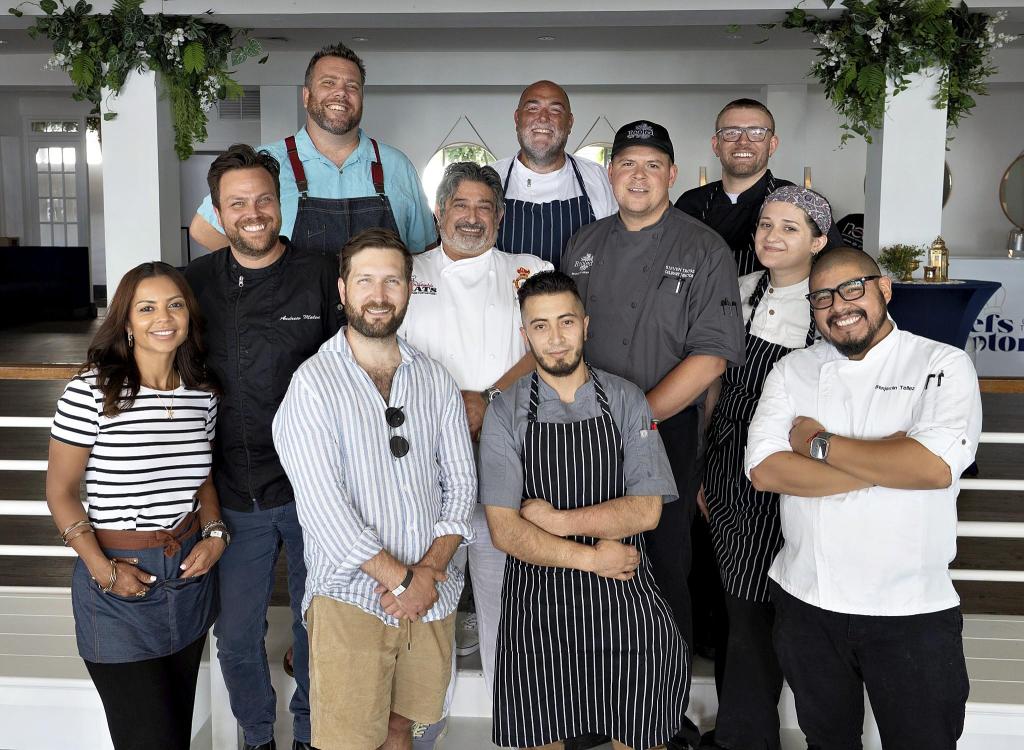Dr. Samuel Waxman: Curing Cancer, the Next 50 Years

There has been unprecedented progress in the war on cancer since it was launched 50 years ago. Today, much more is known about what causes cancer, effective prevention methods, and new screening tools such as mammograms and colonoscopies to detect potentially deadly cancers earlier, and at more treatable stages. In the war on cancer, there are few more notable crusaders than Dr. Samuel Waxman, MD, especially among the residents of the East End.
Dr. Waxman is a notable oncologist and science investigator. In 1976, Dr. Waxman, the founder of the Samuel Waxman Cancer Research Foundation (SWCRF), has a mission to fund research that corrects abnormal gene functions that cause cancer. Dr. Waxman and the SWCRF’s key goal is to develop less toxic treatments for cancer and since its founding, SWCRF has invested more than $100 million in collaborative research.
Fifty years ago, there were only 16 cancer drugs approved by the Food and Drug Administration. Now, there are more than 640. According to a recent study published in Nature, there is now a database of 2,500 drug combinations available to treat cancer. Every day, new treatment options are developed, including immunotherapies and targeted therapies that are proving to be effective and less toxic than chemotherapy and radiation. Many of these are fueled by the investments of research foundations, like Dr. Waxman’s.
“I believe that science works better with collaboration,” said Dr. Waxman. “This is why SWCRF focuses on connecting multiple labs and investigators together, folks who might not typically work together, to speed up the rate of discovering new treatments and cures.”
Research led by Dr. Waxman, in collaboration with researchers at the Shanghai Institute of Hematology in the 1980s, discovered how to make leukemia cells differentiate and function normally. This discovery dawned a breakthrough treatment for acute promyelocytic leukemia (APL), a type of cancer that impacts the bone marrow and blood cells, causing them to develop and function abnormally. This groundbreaking treatment improved the APL’s survival rate to 95%, from what was once a tragic, 80% fatality rate.
This, however, is not the only breakthrough that has been spearheaded by Dr. Waxman and the SWCRF. Research funded by Dr. Waxman also spawned an FDA approved medication that is shown to reduce lung cancer tumors by nearly 50%. The medicine, which targets the KRAS proteins to treat tumors, is the foundation for new studies to determine its effectiveness in color and pancreatic cancers as well.
Dr. Waxman’s foundation has several scientists clinical trials in progress, developing possible therapies for liver, ovarian, breast, and childhood cancers.
“Unfortunately, more needs to be done,” said Dr. Waxman. “To assure long-term cancer control, reduce risk of re-occurrence, or even possibly a cure, research needs to focus on how best to personalize treatment at the earliest possible stage.”
Advancements in preventing and treating cancer are improving the quality of life for patients and driving down cancer mortality. According to the U.S. Centers for Disease Control and Prevention, deaths from cancer have dropped 27 percent from 2001 to 2020.
Aging is the leading risk factor for developing cancer. More than 90 percent of cancer diagnoses occur in people aged 50 and older, with peak diagnoses among those aged 65-74. The incidents of cancer are rising all over the world, however, research focused on the link between aging and cancer is grossly underfunded. Dr. Waxman, his foundation, along with various industry experts believe this link is understudied and contributing to lesser quality treatment for older patients.
Dr. Waxman’s unrivaled efforts prove his commitment to addressing this. In 2018, his foundation launched a two-year partnership with the National Cancer Institute and the National Council on Aging to fund 14 pairs of investigators to study aging and cancer, an effort that has now been extended through 2024. SWCRF later co-launched the International Center for Aging and Cancer in Hainan, China. Through a partnership with Wiley Publishing, Aging AND Cancer is a new peer-reviewed journal created to showcase research dedicated to this important issue.
Now, SWCRF is working on a $1 million collaboration with the Tisch Cancer Institute at Mount Sinai, focusing on this same topic around the world in the interest of saving lives.
On the East End, Dr. Waxman and his foundation are well-known among the giving and philanthropic residents here. There are many benefits that the Hamptons are proud to host, including the recent Hamptons Happening, which was held this year on July 9 on the Bridgehampton estate of Maria and Ken Fishel. The generosity of those on the east end has ensured resources and contributed significant funding for Dr. Waxman’s cancer research programs.
“I am immensely grateful for all the support we have received year after year out at our Hamptons events. In fact, the Hamptons Happening event has raised more than $6 million for cancer research programs,” said Dr. Waxman.
This year, on August 17, Dr. Waxman and his foundation will be hosting a newer event: Kids Cancel Cancer. To be hosted at The Clubhouse in East Hampton, the event will be organized by teenagers, for their peers and children who may be battling cancer. Adults are welcome too.
“It is very inspiring to witness these kids taking time out of their summer vacation to help raise funds for pediatric cancer research.,” said Dr. Waxman. “Their goal is to raise a lofty $100,000, enough to help support a team of two scientists for up to two years.”
Dr. Waxman and his wife Marion Waxman, who is also very involved in the foundation’s efforts, have a home in New York City and East Hampton.
To learn more about SWCRF or to support upcoming events, visit waxmancancer.org
Todd Shapiro is an award-winning publicist and associate publisher of Dan’s Papers.



